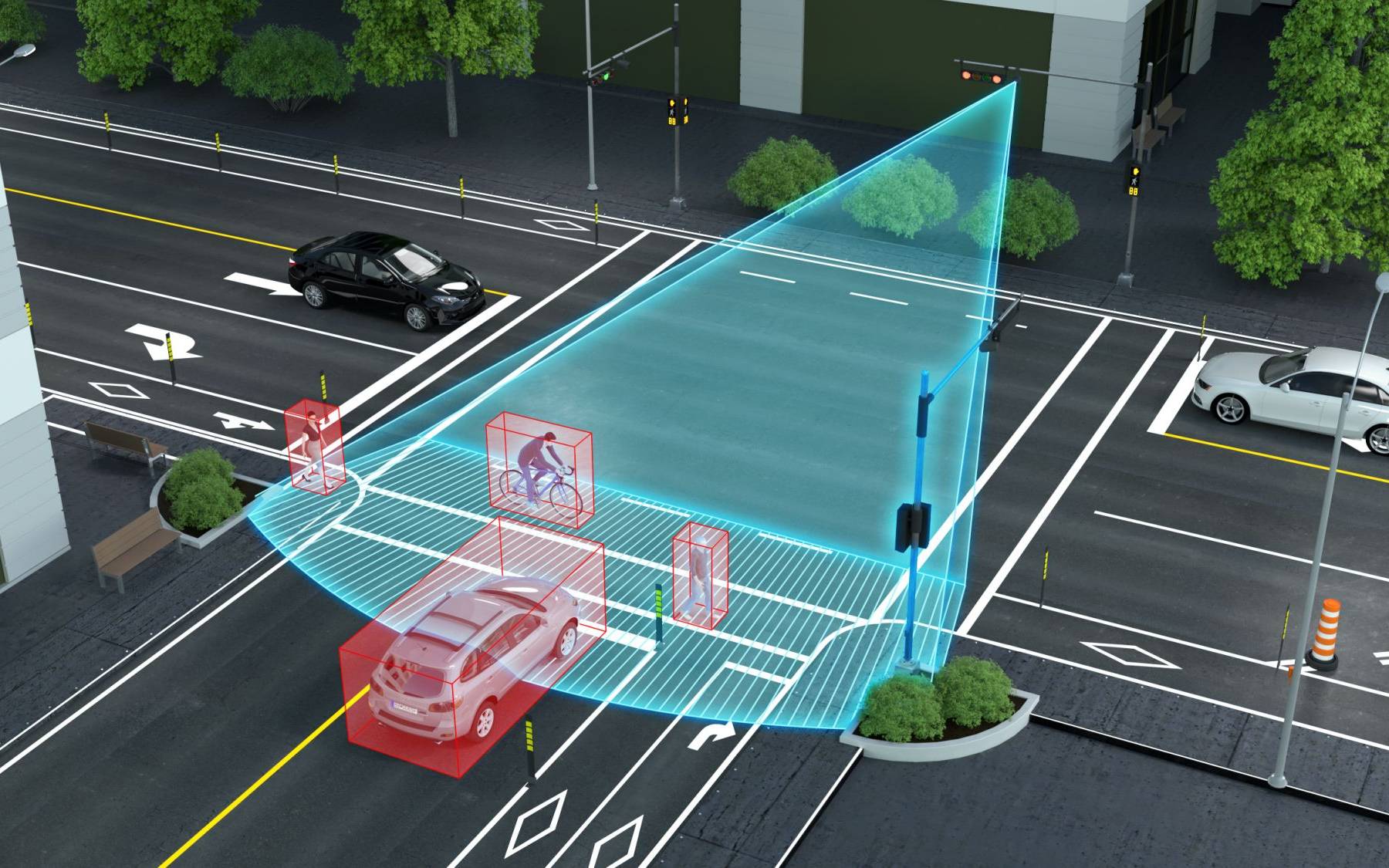Steering Towards Tomorrow: Unveiling the Future of Sustainable Transportation
As we navigate through the 21st century, the concept of sustainable transportation has become increasingly significant. The escalating concerns about climate change, coupled with the rapid urbanization and population growth, have necessitated the need for a more sustainable, efficient, and eco-friendly transportation system. But what does the future hold for sustainable transportation? Let's delve into the possibilities.
The future of sustainable transportation is not a single solution, but rather a multifaceted approach that encompasses various technologies, policies, and societal changes. It's a future where electric vehicles (EVs), autonomous vehicles, shared mobility, and smart infrastructure play pivotal roles.
Electric Vehicles (EVs): The Green Revolution on Wheels
The electrification of transportation is a key element of the sustainable future. EVs, powered by renewable energy sources, are poised to replace conventional vehicles that run on fossil fuels. The International Energy Agency predicts that by 2030, there could be 125 million electric cars on the road. The transition to EVs will significantly reduce greenhouse gas emissions, improve air quality, and promote energy independence.
Autonomous Vehicles: The Dawn of a New Era
Autonomous vehicles (AVs) are another transformative technology that will shape the future of sustainable transportation. AVs, with their potential to optimize fuel efficiency, reduce traffic congestion, and improve road safety, could revolutionize our transportation system. Moreover, the integration of AVs with electric powertrains could further enhance their sustainability quotient.
Shared Mobility: The Rise of a Collaborative Economy
Shared mobility, which includes car-sharing, ride-hailing, and bike-sharing services, is another key component of the sustainable transportation future. By maximizing the utilization of vehicles, shared mobility can reduce the number of cars on the road, thereby decreasing traffic congestion, air pollution, and carbon emissions. The advent of autonomous and electric shared mobility could further amplify these benefits.
Smart Infrastructure: The Backbone of Sustainable Transportation
The future of sustainable transportation also hinges on the development of smart infrastructure. This includes intelligent transportation systems, smart grids, and connected vehicles that can communicate with each other and with the infrastructure. Such a system can optimize traffic flow, reduce energy consumption, and facilitate the integration of renewable energy sources into the transportation sector.
Policy and Societal Changes: The Catalysts for Change
The transition to a sustainable transportation future also requires supportive policies and societal changes. Governments need to implement policies that incentivize the adoption of sustainable transportation technologies and practices. At the same time, societal changes, such as embracing the concept of shared mobility and prioritizing public transportation over private car ownership, are crucial for realizing this sustainable future.
In conclusion, the future of sustainable transportation is a dynamic, interconnected system that leverages technology, policy, and societal changes to create a cleaner, greener, and more efficient transportation landscape. It's a future that promises not only environmental benefits but also economic and social advantages. As we steer towards this future, it's imperative that we accelerate our efforts and embrace the opportunities that lie ahead.

Post Comment